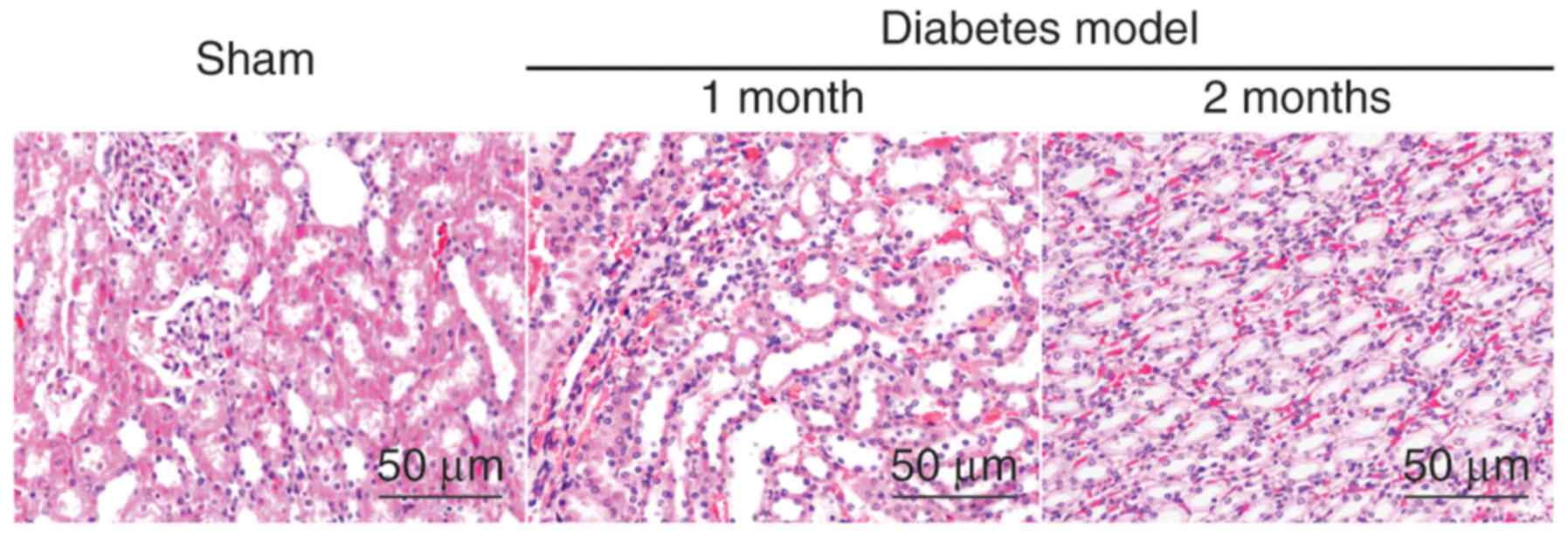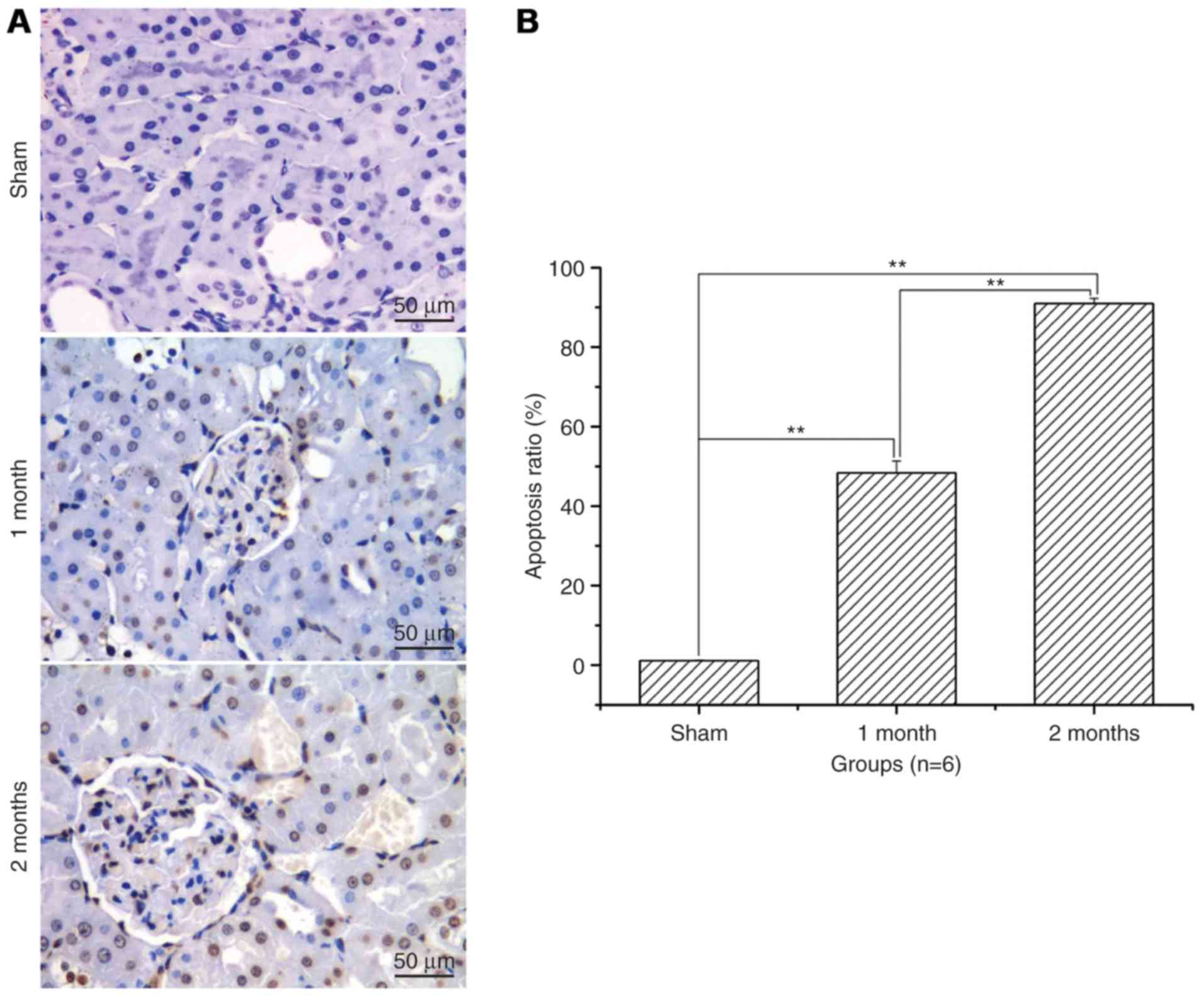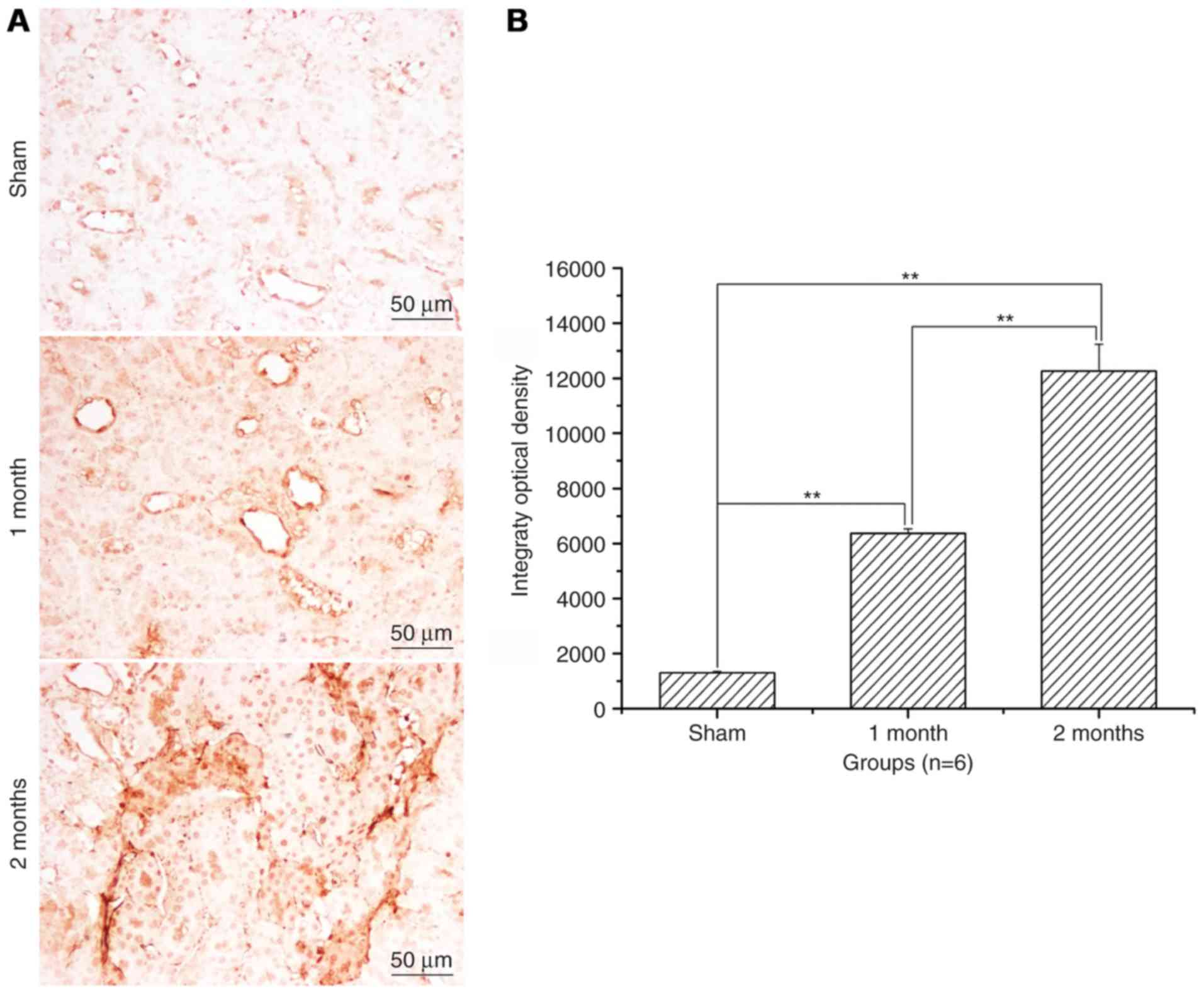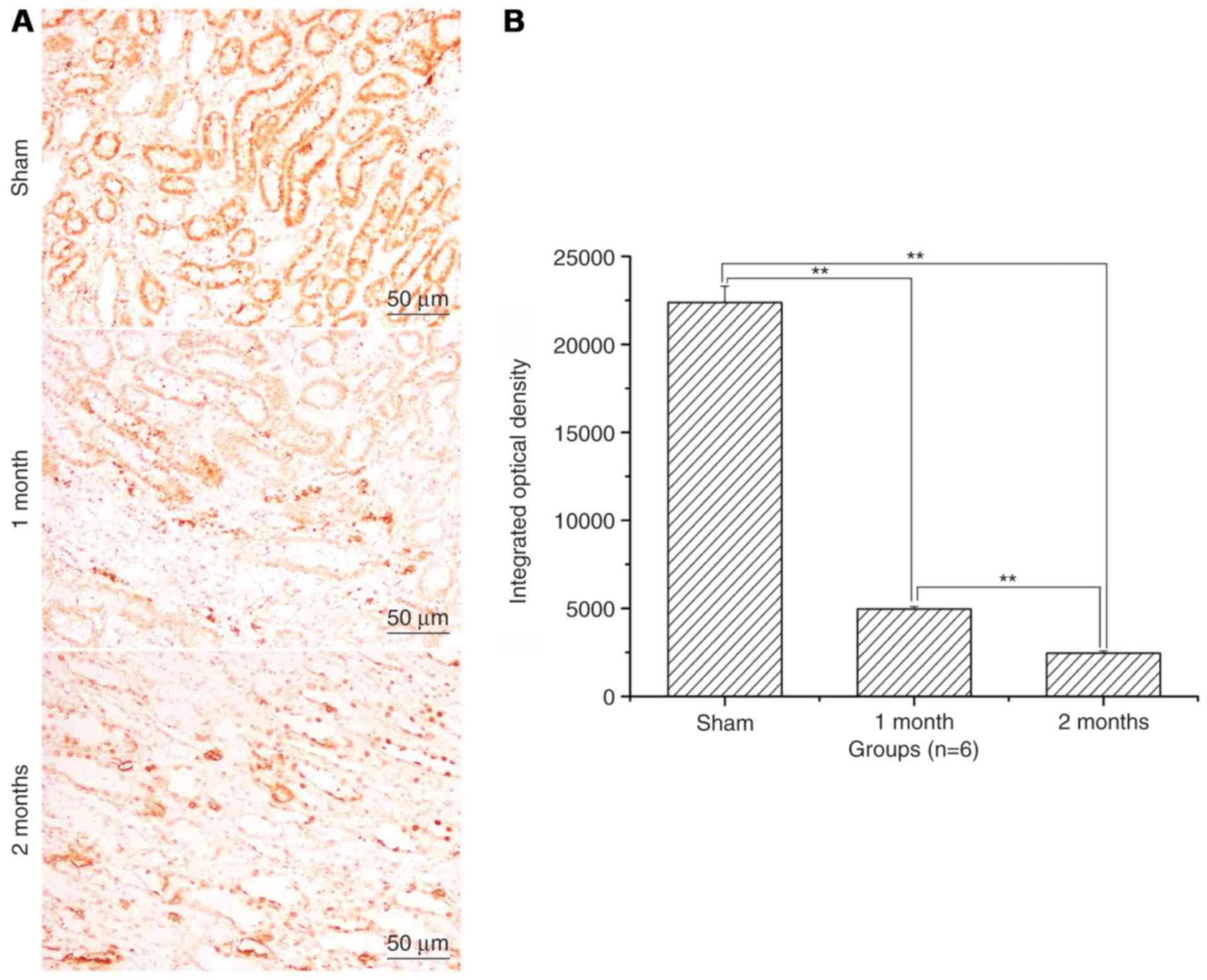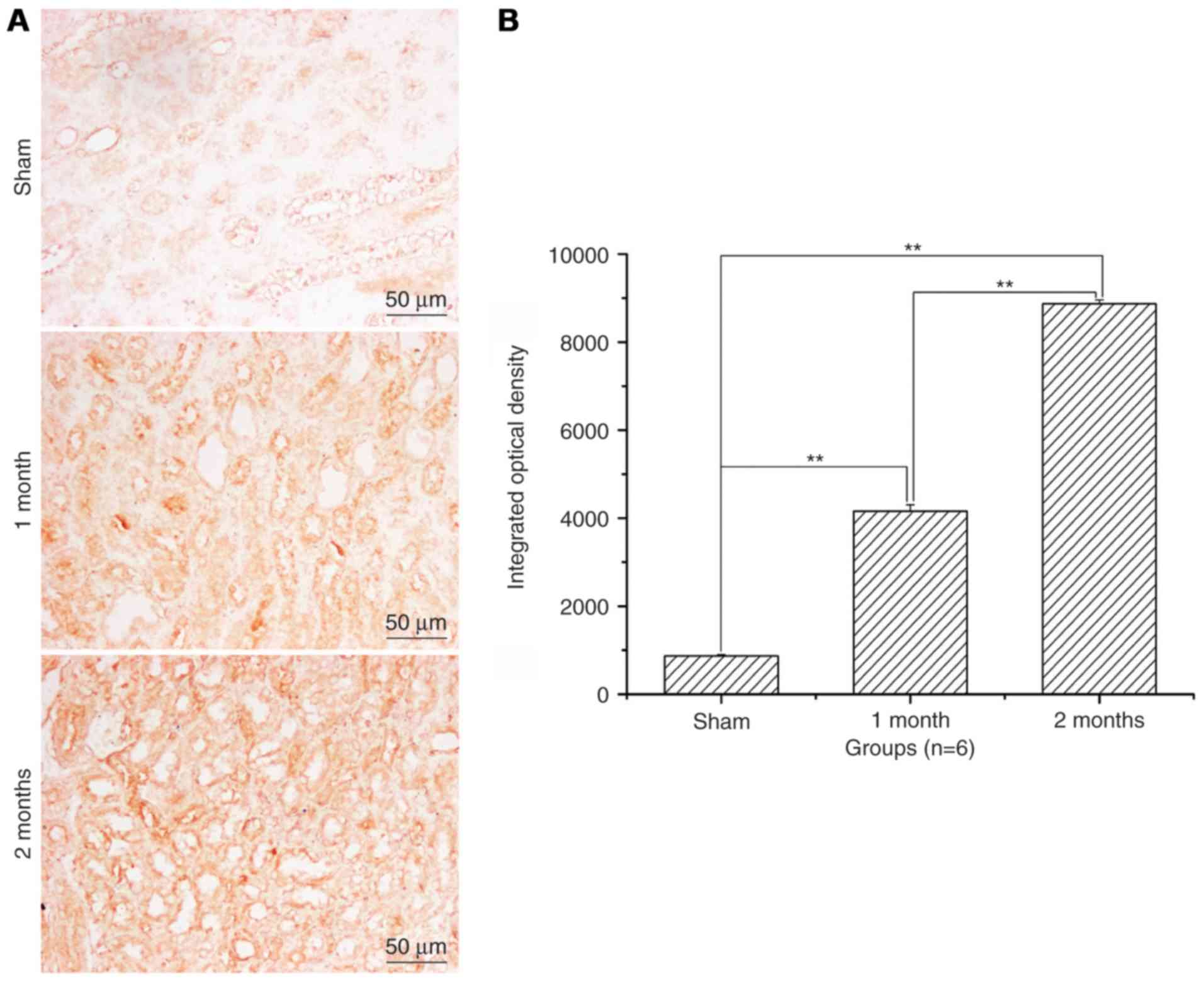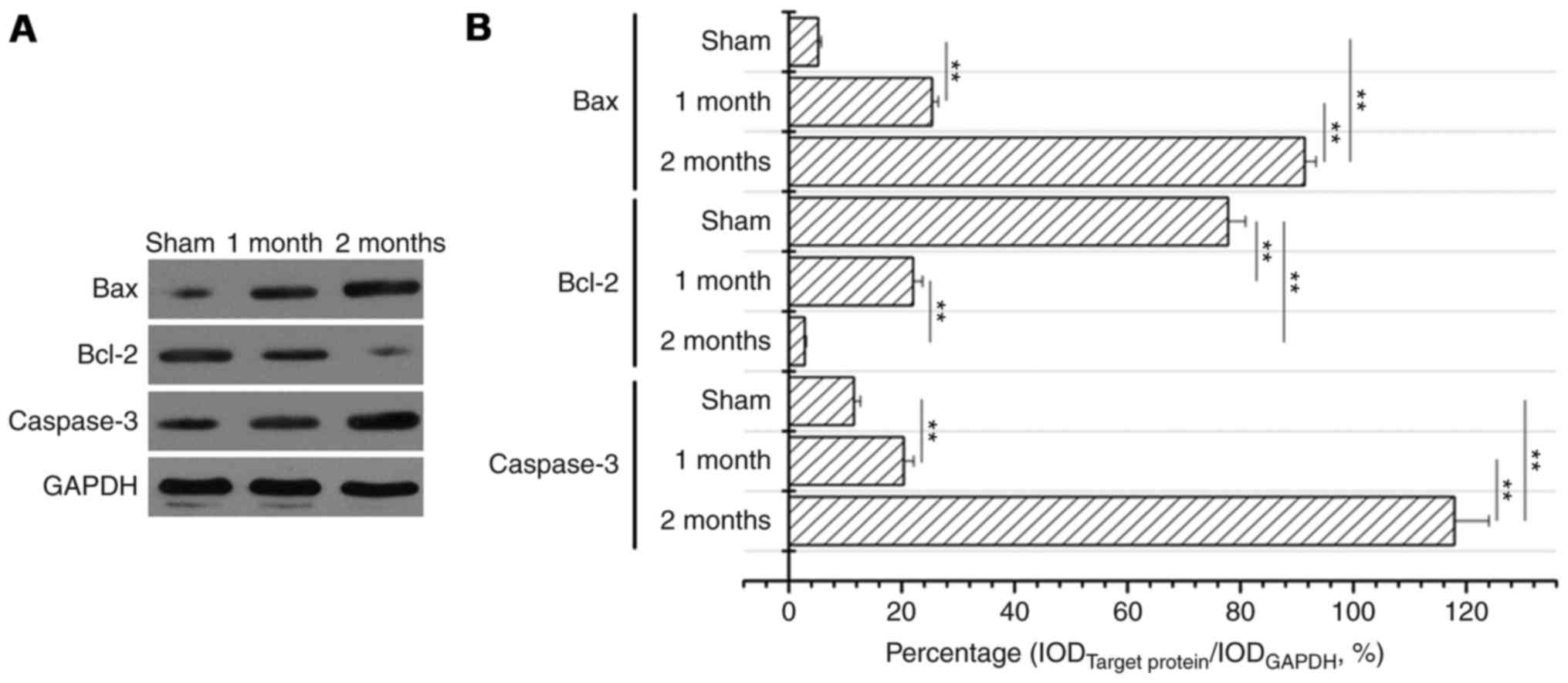|
1
|
Zhang Y, Liu T, Chen Y, Dong Z, Zhang J,
Sun Y, Jin B, Gao F, Guo S and Zhuang R: CD226 reduces endothelial
cell glucose uptake under hyperglycemic conditions with
inflammation in type 2 diabetes mellitus. Oncotarget.
7:12010–12023. 2016. View Article : Google Scholar : PubMed/NCBI
|
|
2
|
Song SO, Song YD, Nam JY, Park KH, Yoon
JH, Son KM, Ko Y and Lim DH: Epidemiology of type 1 diabetes
mellitus in Korea through an investigation of the national
registration project of type 1 diabetes for the reimbursement of
glucometer strips with additional analyses using claims data.
Diabetes Metab J. 40:35–45. 2016. View Article : Google Scholar : PubMed/NCBI
|
|
3
|
Bhatt AB, Mulvey CK, Qasim AN, Nair JV,
Rickels MR, Prenner SB, Iqbal N and Reilly MP: Selective
association of electrocardiographic abnormalities with insulin
sensitivity and beta-cell function in type 2 diabetes mellitus: A
cross sectional analysis. Diabetes Metab Res Rev. 32:736–744. 2016.
View Article : Google Scholar : PubMed/NCBI
|
|
4
|
Zhou J, Du X, Long M, Zhang Z, Zhou S and
Qian G: Neuroprotective effect of berberine is mediated by MAPK
signaling pathway in experimental diabetic neuropathy in rats. Eur
J Pharmacol. 774:87–94. 2016. View Article : Google Scholar : PubMed/NCBI
|
|
5
|
Tesfaye S, Selvarajah D, Gandhi R, Greig
M, Shillo P, Fang F and Wilkinson ID: Diabetic peripheral
neuropathy may not be as its name suggests: Evidence from magnetic
resonance imaging. Pain. 157 Suppl 1:S72–S80. 2016. View Article : Google Scholar : PubMed/NCBI
|
|
6
|
Erbaş O, Oltulu F, Yilmaz M, Yavaşoğlu A
and Taşkıran D: Neuroprotective effects of chronic administration
of levetiracetam in a rat model of diabetic neuropathy. Diabetes
Res Clin Pract. 114:106–116. 2016. View Article : Google Scholar : PubMed/NCBI
|
|
7
|
Motawi TK, Darwish HA, Hamed MA, El-Rigal
NS and Naser AFA: A therapeutic insight of niacin and coenzyme Q10
against diabetic encephalopathy in rats. Mol Neurobiol.
54:1601–1611. 2017. View Article : Google Scholar : PubMed/NCBI
|
|
8
|
Cai XJ, Xu HQ and Lu Y: C-peptide and
diabetic encephalopathy. Chin Med Sci J. 26:119–125. 2011.
View Article : Google Scholar : PubMed/NCBI
|
|
9
|
Wang YY, Zhang D, Jiang ZY, Lu XQ, Zheng
X, Yu YJ, Wang YG and Dong J: Positive association between
betatrophin and diabetic retinopathy risk in type 2 diabetes
patients. Horm Metab Res. 48:169–173. 2016. View Article : Google Scholar : PubMed/NCBI
|
|
10
|
Micheletti JM, Hendrick AM, Khan FN,
Ziemer DC and Pasquel FJ: Current and next generation portable
screening devices for diabetic retinopathy. J Diabetes Sci Technol.
10:295–300. 2016. View Article : Google Scholar : PubMed/NCBI
|
|
11
|
Ebrahimi MH and Gharibi H: A case study of
a patient with diabetic retinopathy. Diabetes Metab Syndr.
10:166–168. 2016. View Article : Google Scholar : PubMed/NCBI
|
|
12
|
Zheng Z and Zheng F: Immune cells and
inflammation in diabetic nephropathy. J Diabetes Res.
2016:18416902016. View Article : Google Scholar : PubMed/NCBI
|
|
13
|
Skov J, Christiansen JS and Poulsen PL:
Hypertension and diabetic nephropathy. Endocr Dev. 31:97–107. 2016.
View Article : Google Scholar : PubMed/NCBI
|
|
14
|
Lytvyn Y, Bjornstad P, Pun N and Cherney
DZ: New and old agents in the management of diabetic nephropathy.
Curr Opin Nephrol Hypertens. 25:232–239. 2016. View Article : Google Scholar : PubMed/NCBI
|
|
15
|
Zheng S, Powell DW, Zheng F, Kantharidis P
and Gnudi L: Diabetic nephropathy: Proteinuria, inflammation, and
fibrosis. J Diabetes Res. 2016:52415492016. View Article : Google Scholar : PubMed/NCBI
|
|
16
|
Wanchoo R and Jhaveri KD: Nephrology
crosswords: Diabetic nephropathy. Kidney Int. 88:647–648. 2015.
View Article : Google Scholar : PubMed/NCBI
|
|
17
|
Chan GC and Tang SC: Diabetic nephropathy:
Landmark clinical trials and tribulations. Nephrol Dial Transplant.
31:359–368. 2016. View Article : Google Scholar : PubMed/NCBI
|
|
18
|
Zhang Y, Yang J, Zheng M, Wang Y, Ren H,
Xu Y, Yang Y, Cheng J, Han F, Yang X, et al: Clinical
characteristics and predictive factors of subclinical diabetic
nephropathy. Exp Clin Endocrinol Diabetes. 123:132–138. 2015.
View Article : Google Scholar : PubMed/NCBI
|
|
19
|
Barchetta I, Guglielmi C, Bertoccini L,
Calella D, Manfrini S, Secchi C, Pozzilli P and Cavallo MG: IMDIAB
group: Therapy with proton pump inhibitors in patients with type 2
diabetes is independently associated with improved glycometabolic
control. Acta Diabetol. 52:873–880. 2015. View Article : Google Scholar : PubMed/NCBI
|
|
20
|
Bhat KG and Periasamy PK: Effect of
long-term transfusion therapy on the glycometabolic status and
pancreatic Beta cell function in patients with Beta thalassemia
major. J Family Med Prim Care. 3:119–123. 2014. View Article : Google Scholar : PubMed/NCBI
|
|
21
|
Chen B, Niu YW, Xie T, Miao MY, Tian M, Ji
XY, Qing C and Lu SL: Relationship between cutaneous glycometabolic
disorders and cutaneous neuropathy in diabetic rats. Zhonghua Shao
Shang Za Zhi. 27:139–144. 2011.(In Chinese). PubMed/NCBI
|
|
22
|
Tian ML, Shen Y, Sun ZL and Zha Y:
Efficacy and safety of combining pentoxifylline with
angiotensin-converting enzyme inhibitor or angiotensin II receptor
blocker in diabetic nephropathy: A meta-analysis. Int Urol Nephrol.
47:815–822. 2015. View Article : Google Scholar : PubMed/NCBI
|
|
23
|
Patil MR, Mishra A, Jain N, Gutch M and
Tewari R: Weight loss for reduction of proteinuria in diabetic
nephropathy: Comparison with angiotensin-converting enzyme
inhibitor therapy. Indian J Nephrol. 23:108–113. 2013. View Article : Google Scholar : PubMed/NCBI
|
|
24
|
Abu-Romeh SH, Nawaz MK, Ali JH, Al-Suhaili
AR and Abu-Jayyab AK: Short-term effect of angiotensin-converting
enzyme inhibitor enalapril in incipient diabetic nephropathy. Clin
Nephrol. 31:18–21. 1989.PubMed/NCBI
|
|
25
|
Vavra JJ, Deboer C, Dietz A, Hanka LJ and
Sokolski WT: Streptozotocin, a new antibacterial antibiotic.
Antibiot Annu. 7:230–235. 1959.PubMed/NCBI
|
|
26
|
Zhu D, Zhang L, Cheng L, Ren L, Tang J and
Sun D: Pancreatic kininogenase ameliorates renal fibrosis in
streptozotocin induced-diabetic nephropathy rat. Kidney Blood Press
Res. 41:9–17. 2016. View Article : Google Scholar : PubMed/NCBI
|
|
27
|
Zhang Y, Hu T, Zhou H, Jin G and Yang Y:
Antidiabetic effect of polysaccharides from Pleurotus ostreatus in
streptozotocin-induced diabetic rats. Int J Biol Macromol.
83:126–132. 2016. View Article : Google Scholar : PubMed/NCBI
|
|
28
|
Yeh PT, Huang HW, Yang CM, Yang WS and
Yang CH: Astaxanthin inhibits expression of retinal oxidative
stress and inflammatory mediators in streptozotocin-induced
diabetic rats. PLoS One. 11:e01464382016. View Article : Google Scholar : PubMed/NCBI
|
|
29
|
Lindblom R, Higgins G, Coughlan M and de
Haan JB: Targeting mitochondria and reactive oxygen species-driven
pathogenesis in diabetic nephropathy. Rev Diabet Stud. 12:134–156.
2015. View Article : Google Scholar : PubMed/NCBI
|
|
30
|
Nishikawa T, Brownlee M and Araki E:
Mitochondrial reactive oxygen species in the pathogenesis of early
diabetic nephropathy. J Diabetes Investig. 6:137–139. 2015.
View Article : Google Scholar : PubMed/NCBI
|
|
31
|
Ha H, Hwang IA, Park JH and Lee HB: Role
of reactive oxygen species in the pathogenesis of diabetic
nephropathy. Diabetes Res Clin Pract. 82 Suppl 1:S42–S45. 2008.
View Article : Google Scholar : PubMed/NCBI
|
|
32
|
Utsumi K, Yasuda F, Watanabe Y, Higo S,
Hirama A, Fujita E, Ueda K, Mii A, Kaneko T, Mishina M, et al:
Effects of olmesartan and imidapril on the plasma adiponectin,
P-selectin, and MDA-LDL levels of diabetic nephropathy patients.
Clin Chim Acta. 413:348–349. 2012. View Article : Google Scholar : PubMed/NCBI
|
|
33
|
Rakitianskaia IA, Riabov SI, Dubrova AG,
Azanchevskaia SV, Riabova TS and Gurkov AS: The role of IL-6 in the
development of morphological changes in renal tissue in elderly
patients with type 2 diabetes complicated by diabetic nephropathy.
Adv Gerontol. 25:632–637. 2012.(In Russian). PubMed/NCBI
|
|
34
|
Svensson MK and Eriksson JW: Change in the
amount of body fat and IL-6 levels is related to altered insulin
sensitivity in type 1 diabetes patients with or without diabetic
nephropathy. Horm Metab Res. 43:209–215. 2011. View Article : Google Scholar : PubMed/NCBI
|
|
35
|
Guclu A, Erken HA, Erken G, Dodurga Y, Yay
A, Özçoban Ö, Şimşek H, Akçılar A and Koçak FE: The effects of
ozone therapy on caspase pathways, TNF-α, and HIF-1α in diabetic
nephropathy. Int Urol Nephrol. 48:441–450. 2016. View Article : Google Scholar : PubMed/NCBI
|
|
36
|
Navarro JF and Mora-Fernández C: The role
of TNF-alpha in diabetic nephropathy: Pathogenic and therapeutic
implications. Cytokine Growth Factor Rev. 17:441–450. 2006.
View Article : Google Scholar : PubMed/NCBI
|
|
37
|
Elsherbiny NM, Al-Gayyar MM and Abd El
Galil KH: Nephroprotective role of dipyridamole in diabetic
nephropathy: Effect on inflammation and apoptosis. Life Sci.
143:8–17. 2015. View Article : Google Scholar : PubMed/NCBI
|
|
38
|
Susztak K, Raff AC, Schiffer M and
Böttinger EP: Glucose-induced reactive oxygen species cause
apoptosis of podocytes and podocyte depletion at the onset of
diabetic nephropathy. Diabetes. 55:225–233. 2006. View Article : Google Scholar : PubMed/NCBI
|
|
39
|
Ghule AE, Jadhav SS and Bodhankar SL:
Trigonelline ameliorates diabetic hypertensive nephropathy by
suppression of oxidative stress in kidney and reduction in renal
cell apoptosis and fibrosis in streptozotocin induced neonatal
diabetic (nSTZ) rats. Int Immunopharmacol. 14:740–748. 2012.
View Article : Google Scholar : PubMed/NCBI
|
|
40
|
Baba K, Minatoguchi S, Sano H, Kagawa T,
Murata I, Takemura G, Hirano T, Ohashi H, Takemura M, Fujiwara T
and Fujiwara H: Involvement of apoptosis in patients with diabetic
nephropathy: A study on plasma soluble Fas levels and pathological
findings. Nephrology (Carlton). 9:94–99. 2004. View Article : Google Scholar : PubMed/NCBI
|
|
41
|
Borkan SC: The role of BCL-2 family
members in acute kidney injury. Semin Nephrol. 36:237–250. 2016.
View Article : Google Scholar : PubMed/NCBI
|
|
42
|
Kuribayashi K, Mayes PA and El-Deiry WS:
What are caspases 3 and 7 doing upstream of the mitochondria?
Cancer Biol Ther. 5:763–765. 2006. View Article : Google Scholar : PubMed/NCBI
|
|
43
|
Lakhani SA, Masud A, Kuida K, Porter GA
Jr, Booth CJ, Mehal WZ, Inayat I and Flavell RA: Caspases 3 and 7:
Key mediators of mitochondrial events of apoptosis. Science.
311:847–851. 2006. View Article : Google Scholar : PubMed/NCBI
|



